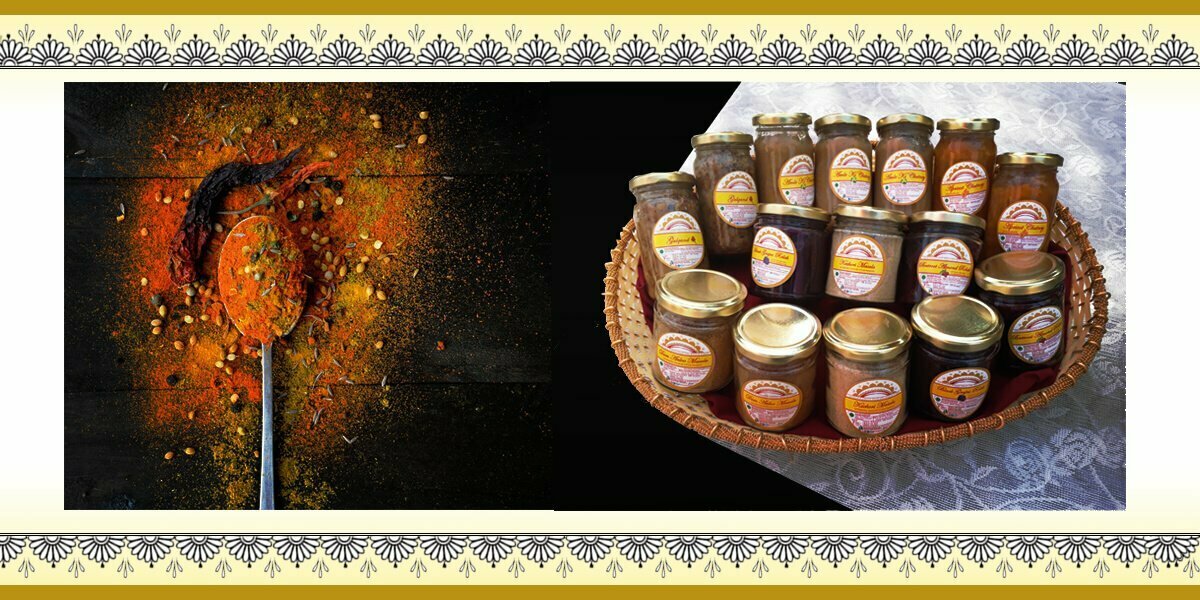Our Flavors
[button link=”https://heritageonmyplate.com/product/amle-ki-chutney/” type=”big” color=”silver” newwindow=”yes”] Amle Ki Chutney[/button] [button link=”https://heritageonmyplate.com/product/apricot-chutney/” type=”big” color=”silver” newwindow=”yes”] Apricot Chutney[/button] [button link=”https://heritageonmyplate.com/product/green-apple-chutney/” type=”big” color=”silver” newwindow=”yes”] Green Apple Chutney[/button]

An Indian Thali is unfinished without Chutney (Chatni). The delectable accomplishment which acts gives your food that extra zing. Whether Spicy or Sweet, Whether Saucy or Chunky- a fresh tinge of Chatni imbibes life into your bite!
We at ‘Heritage On My Plate’ explore different kinds of Chatni’s that can be made with heritage ingredients and give them a slightly modern twist. The legacy of Chatni can be dated as far as 500 BC and this lip-smacking sauce continues to enthrall our palette even today.
History Of Chatni
It is believed that Chatni is invented by Englishmen, but the fact is, it originally originates from North India. Indeed the word ‘Chutney’ is believed to be the corruption of the Indian Chatni. It is derived from the word ‘Chaatna’ which means ‘to lick’ and which shows the lip-smacking sound made by eating something tasty.
Beginning from 17th-century chutney have been shifted from England and France were considered a luxury good and imitations were made, but actually we the Indians understood the concept much better. Because the British Empire can have their fingers on everything but it has made its way to over the Carribean where it is still predominantly used today.
Typically the original Indian Chatni is made from the uncooked fruits, the mix of some herbs, green chilies, spices, with some vinegar or tamarind juice or sugar ground together to make a paste. Indian Chatnis are so fresh and intended to consumed soon after they are prepared.
Heritage & Chatni: What is the Connection
Basically ‘Chatni’ is Hindi word which means ‘Spread a Paste’ and vary from region to region in India. Generally, they are semi-liquid, some are sweet, or spicy, tangy in taste and usually accompany the main dish. In the past, chatnis’ are prepared on mortar-pestle but nowadays we don’t have time for that anymore so we use the electric method like the food processor and stove.
We at ‘Heritage On My Plate’ bring you a unique and exquisite range of chatnis’ made up of such ingredients that have been swiftly vanishing from our urbane lifestyles.
Amle (Gooseberry), Apricot, Green Apple all these heritage ingredients and many more add a new dimension and flavor and perfectly blends with the chutney. Your plate is incomplete unless and until you have chatni on your plate. so these sweet and tangy flavors of these chutneys complete your meal.
Do try out some of our unique flavors.
